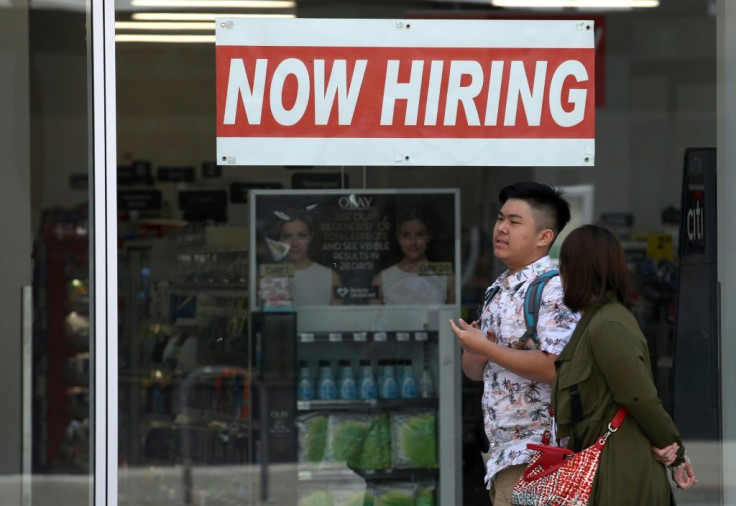Do You Have A Good Job? What Employees Say They Care More About Than Salary

A Gallup survey released Wednesday indicates wage stagnation and shifting labor markets have left many U.S. workers stuck in low-paying jobs, and since 1980 most economic gains have gone to the wealthiest 10% -- with the top 1% doing even better – but pay levels have little to do with whether people think they are in good or bad jobs.
“Given the time and energy most Americans invest in their working lives, job quality is important — not just to their financial wellbeing, but to their overall quality of life. Perceptions of job quality also have broad implications for economic efficiency, as satisfied workers tend to be more productive and loyal to their employers,” Gallup said.
“The Great Jobs Study” indicated only 40% of those surveyed expressed high satisfaction with their jobs while 44% described their jobs as mediocre and 16% characterized their jobs as bad.
With unemployment at 3.7%, the study indicated few workers were actively seeking new jobs, but among those who were, the percentage of workers in bad jobs seeking new ones was twice that of those in good jobs.
“It stands to reason that businesses can boost retention and productivity by enhancing the quality of employees’ work experience in ways that matter most to them,” Gallup said.
The biggest factors in job quality included enjoying the work, having a stable and predictable level of compensation and having a sense of purpose. Those factors outranked pay, with 54% of workers saying they are satisfied with their current wages. Fewer than half of workers (48%) said they are satisfied with their ability to change things about their jobs.
Gallup found only 34% of workers were enthusiastic about and committed to their work and workplace in 2018, a trend that has been increasing since 2000.
“The implication is that high job quality cannot be assumed to follow from low unemployment, and key features of the U.S. economy may help explain the disconnection. One problem is rising income inequality. In recent decades, economic growth has disproportionately favored the top 10% — and especially the top 1% — of income earners, with little to no gain in labor income for Americans at or below the median,” Gallup said.
The survey also indicated that job satisfaction was closely related to quality of life, with 79% of those with good jobs saying they had a good quality of life compared with 63% of those in mediocre jobs and 32% of those in bad jobs. Similar results were found in terms of health status.
Just 28% of those earning less than $24,000 a year said they had good jobs compared with 63% of those earning $143,000 or more.
Older workers, whites and those with high levels of education were more likely to be in good jobs than other workers.
The study found regional differences did not play into job quality although jpbs in the Midwest mostly fell into the mediocre category. Many of the higher quality jobs were in nonmetropolitan towns and counties. Working full time for large organizations also came up as more satisfying although the levels started to diminish for those putting in 55 hours or more a week.
There was a strong correlation between race, ethnicity and gender, and job quality. The largest group in bad jobs was black women (31%), with most expressing dissatisfaction with aspects unrelated to pay.
Fifty-nine percent of those surveyed said their pay has increased in the last five years, with high-income workers more likely to report a pay increase.
The “Great Jobs Study” surveyed 9,671 adults at least 18 years of age in all 50 U.S. states by mail from Feb. 8 to April 1. Of the total, 6,633 were working and included in the analysis.
© Copyright IBTimes 2024. All rights reserved.




















